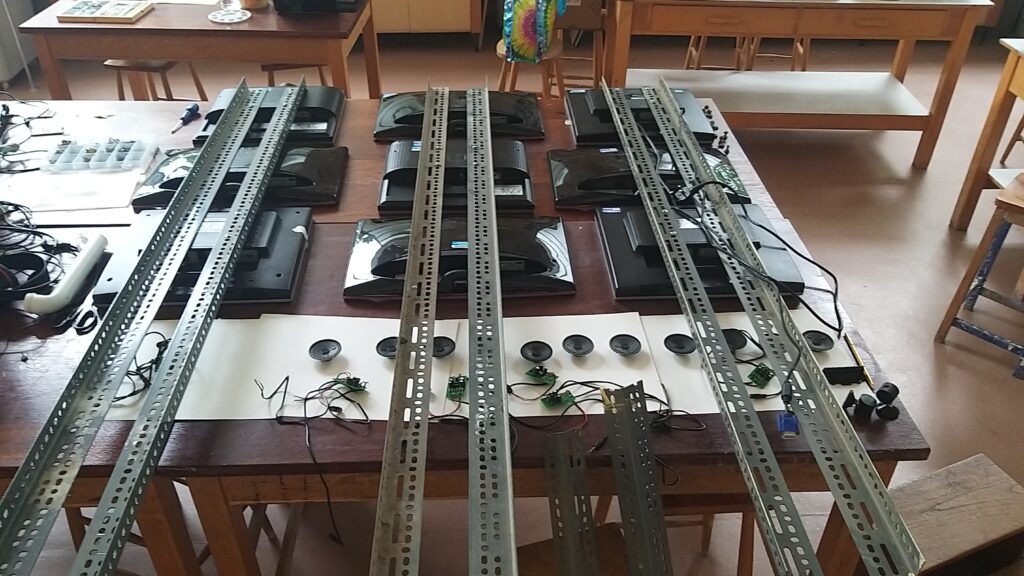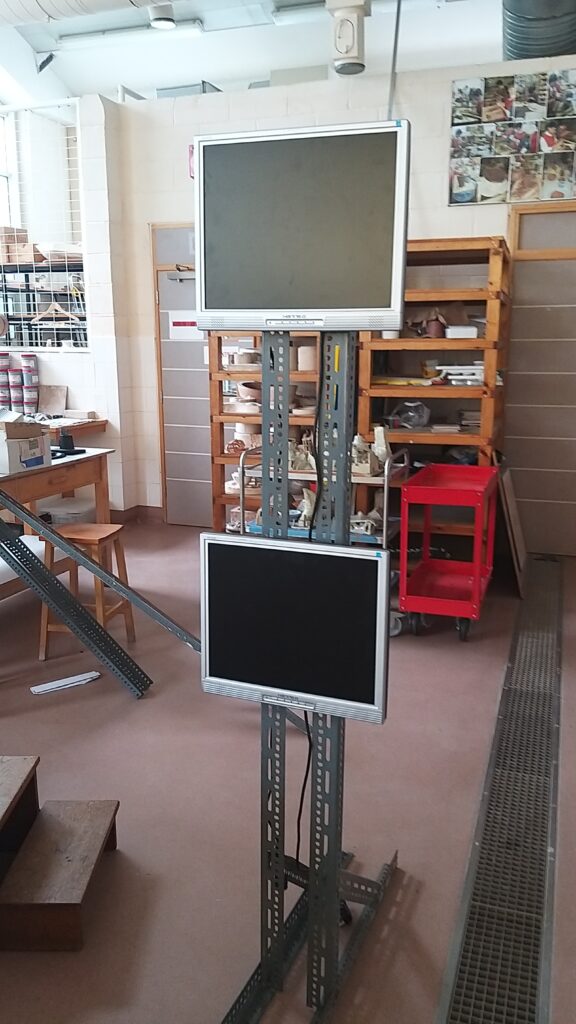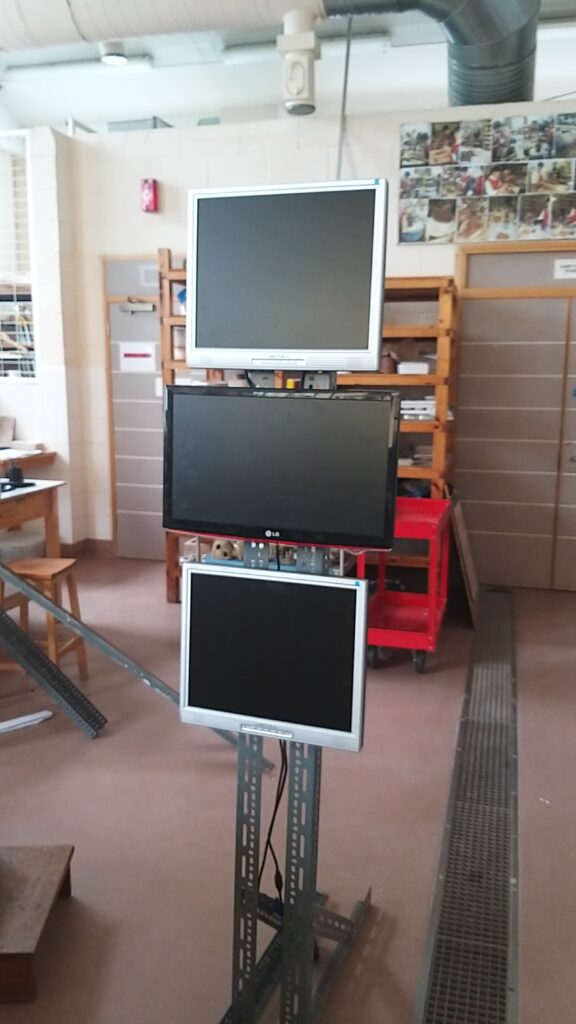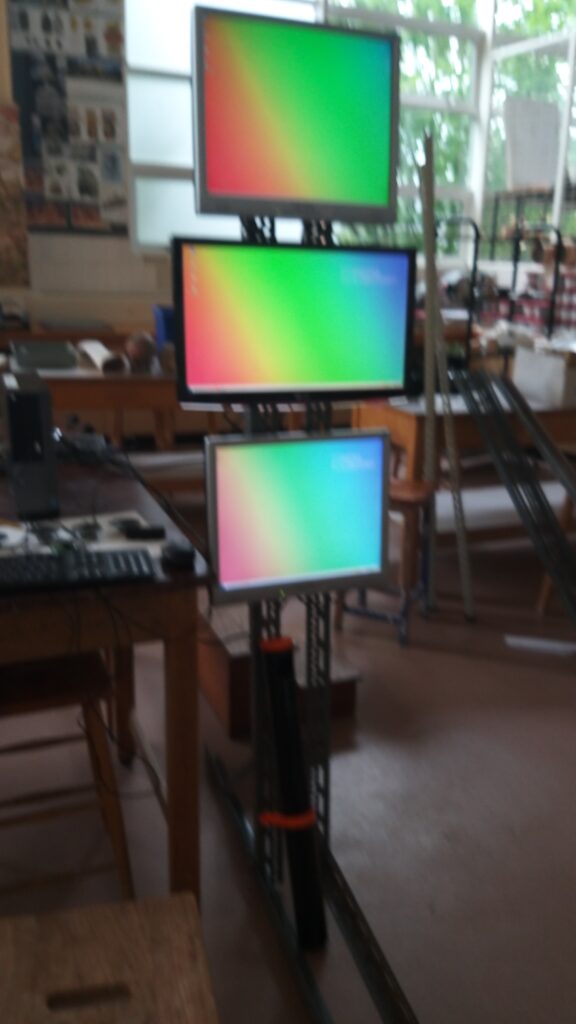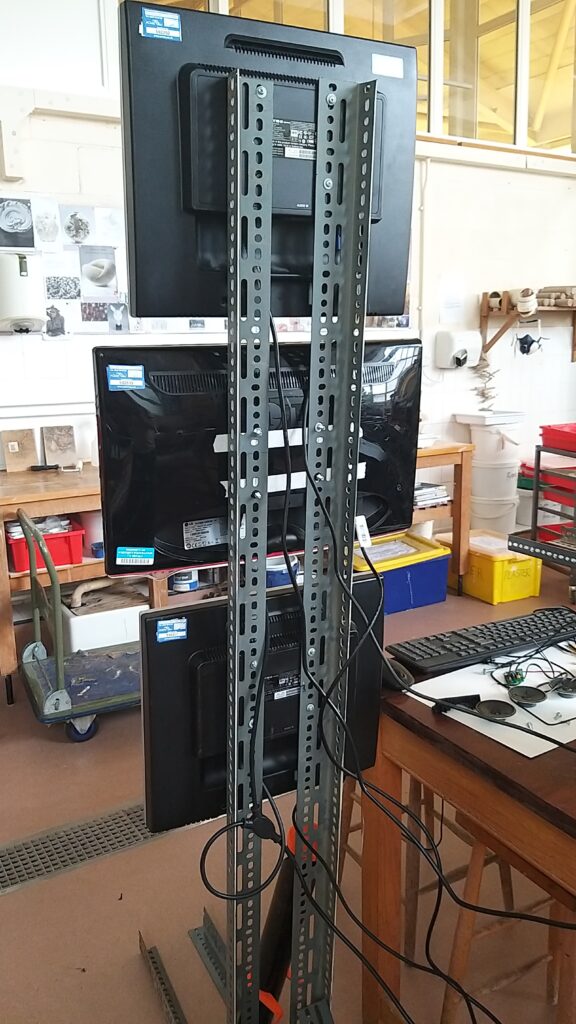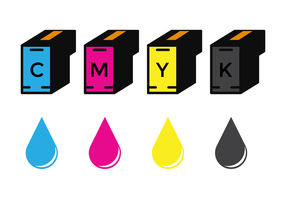We have updated out links page.
We have updated out links page with a list of all the apps and media links you should ever need please have a look.
Explore the high-tech revolution’s collateral damage—25 million tons of e-waste and counting, poisoned workers
I came across this video today why researching for a project and thought I should share their work and video as it explains a lot about our waste and overproduction of electronic goods.
The Story of Electronics employs the Story of Stuff style to explore the high-tech revolution’s collateral damage—25 million tons of e-waste and counting, poisoned workers and a public left holding the bill. Annie Leonard takes viewers from the mines and factories where our gadgets begin to the horrific backyard recycling shops in China where many end up. The film concludes with a call for a green ‘race to the top’ where designers compete to make long-lasting, toxic-free products that are fully and easily recyclable. Our production partner on the electronics film is the Electronics TakeBack Coalition, which promotes green design and responsible recycling in the electronics industry.
Building parts computers 3d Printing
With the large stock of recycled parts collected over the last year, I started looking for a cheap way to reuse them and my first idea was to build my case, for I looked at thingiverse.com and found an amazing Open-Frame ATX SFF PC Case by lightofhonor. with a few modifications for mounting hard drives and allowing different power supplies to be used, we now have the base for the test bench computer. This is a work in progress for future modes to come.
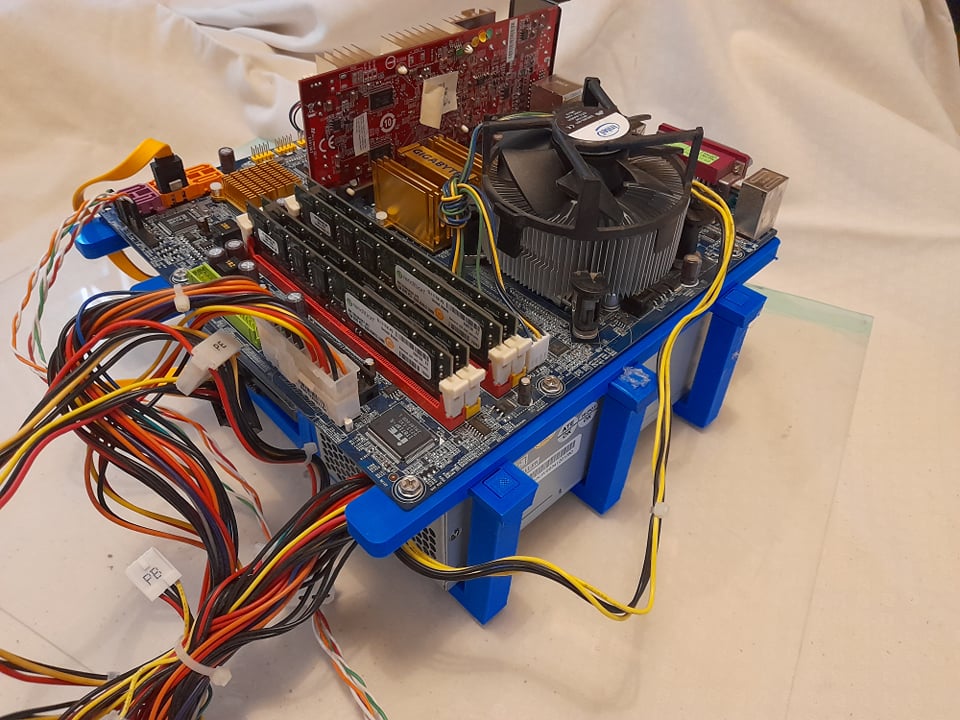
Video wall Progress
The recycled video wall has made good progress we have now sorted out all the software and coding to run the wall and will soon have a full working wall for our joint artwork, with the ability to loan it to other art projects. The wall is a modular design so we can add as many monitors as we like for the artwork.
Printer ink pricier than champagne finds Which?
A very interesting article on the BBC news website about the cost of ink, I have always thought ink was over priced from having to pay over one hundred pounds for just one colour in the past.
Skip find speaker test
The skip found speakers and drivers are perfect for the video wall I am currently building but lack power and quality on their own as they are only .half a watt in power. Still, with some testing, I found out A small speaker “box” that “captures” the sound coming out of either the front or back of the speaker will eliminate this problem. With an improvement in the tonal quality of the sound will be dramatically improved. A somewhat larger box will help with the deeper sounds the effect may have.
Alternately, a sound focusing tube can be used to prevent out-of-phase sound cancellation and can “aim” the speaker’s sound output in a direction appropriate for the application. Our 68mm diameter speaker uses a drain pipe as a Sound Focusing Tube is a perfect solution and can increase sound output by as much as four times.
Old technology is not dead; it just needs a new purpose
This week I came across many tiny speakers in the skip at work with their small preamp driver boards, so I collected the discarded speaker as I had been looking for a sound source for some time. On the first inspection, all covered in water from sitting in the rain, I thought it might be a wasted trip, but after letting them all dry out for a few days, I had a seven working pair of speakers for the video wall. Now the only problem next is how will I use them.
Amazin what people still put in skips, please recycle, I know that each speaker is only worth a few pounds each, but think about offering such items to charities or even free on social media next time you are going to trough them away
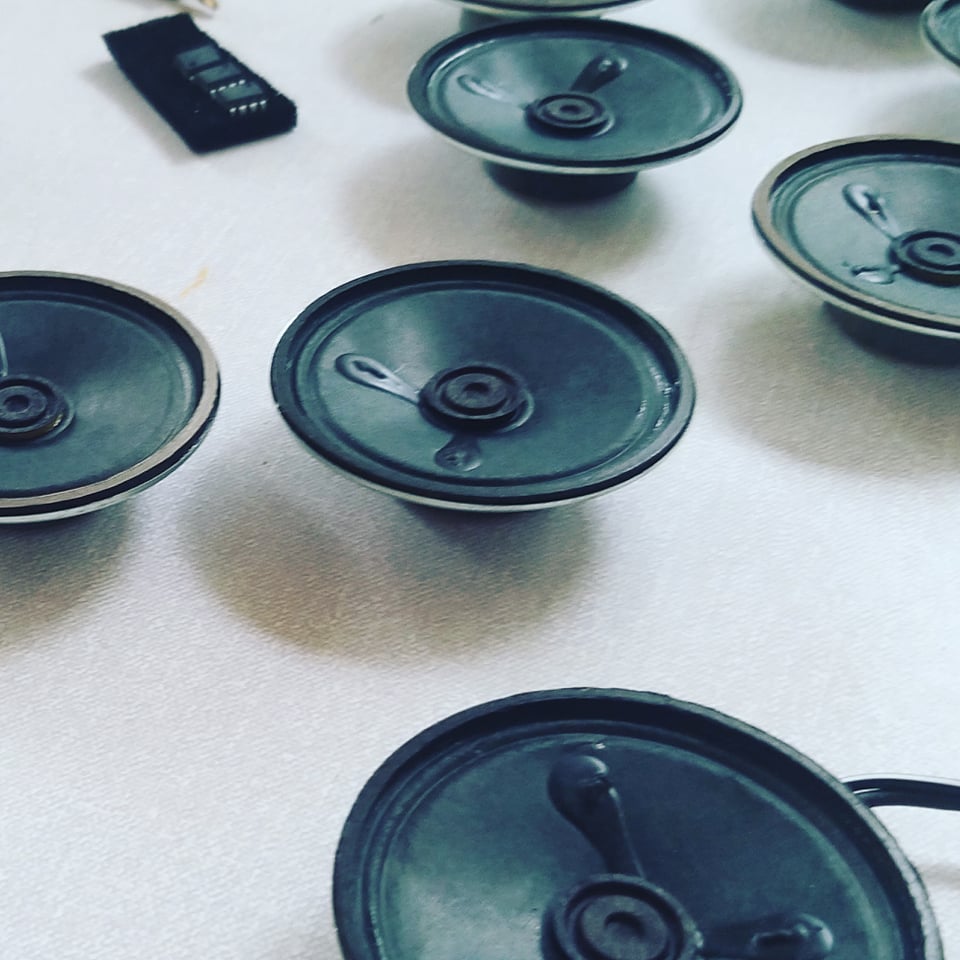
Right to repair movement gains power in US and Europe
Interesting article from BBC News today about the Right to repair movement, Media Lobotomy backs this movement 100%.
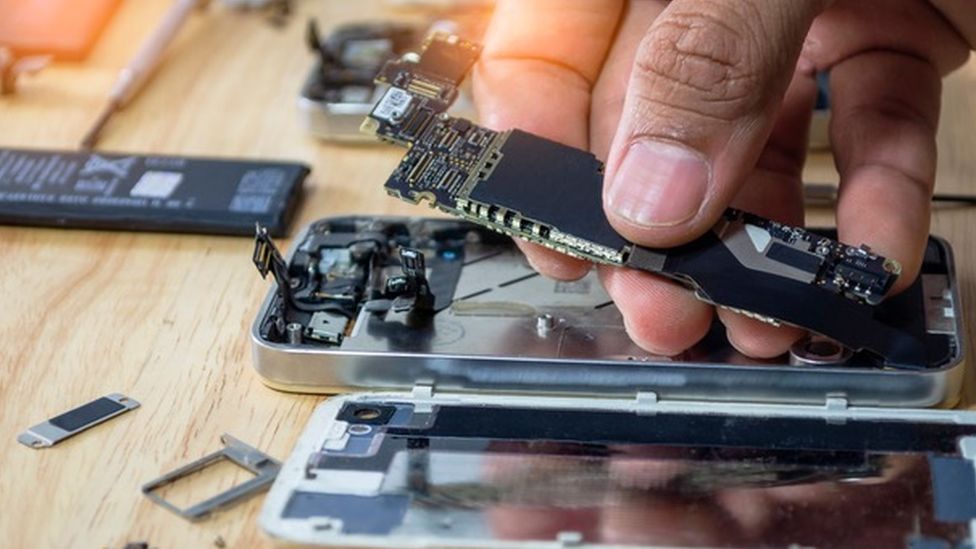
3 weeks of hard work
Short video with highlights from the last three workshops, do not forget to sign up for future workshops, just email.
